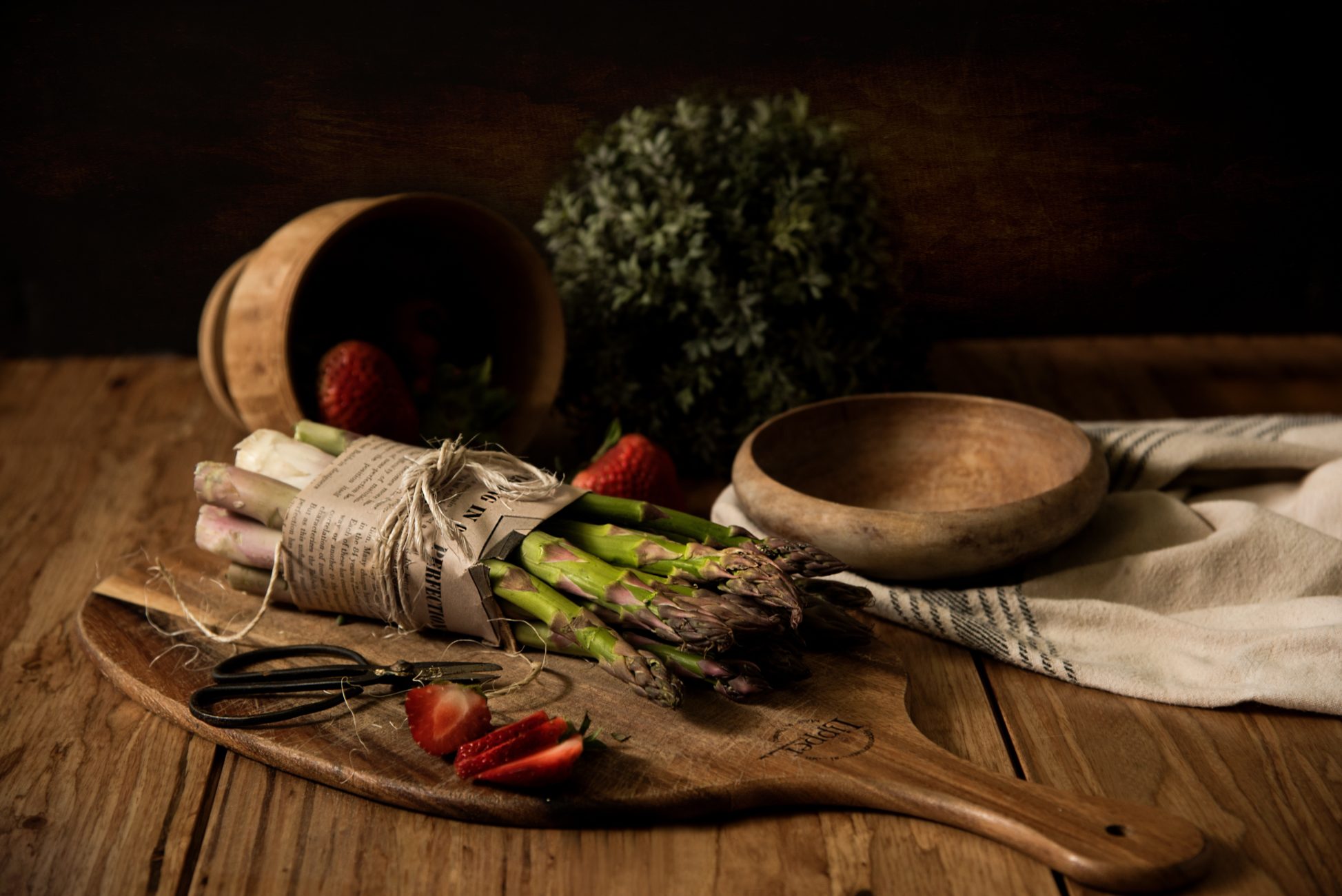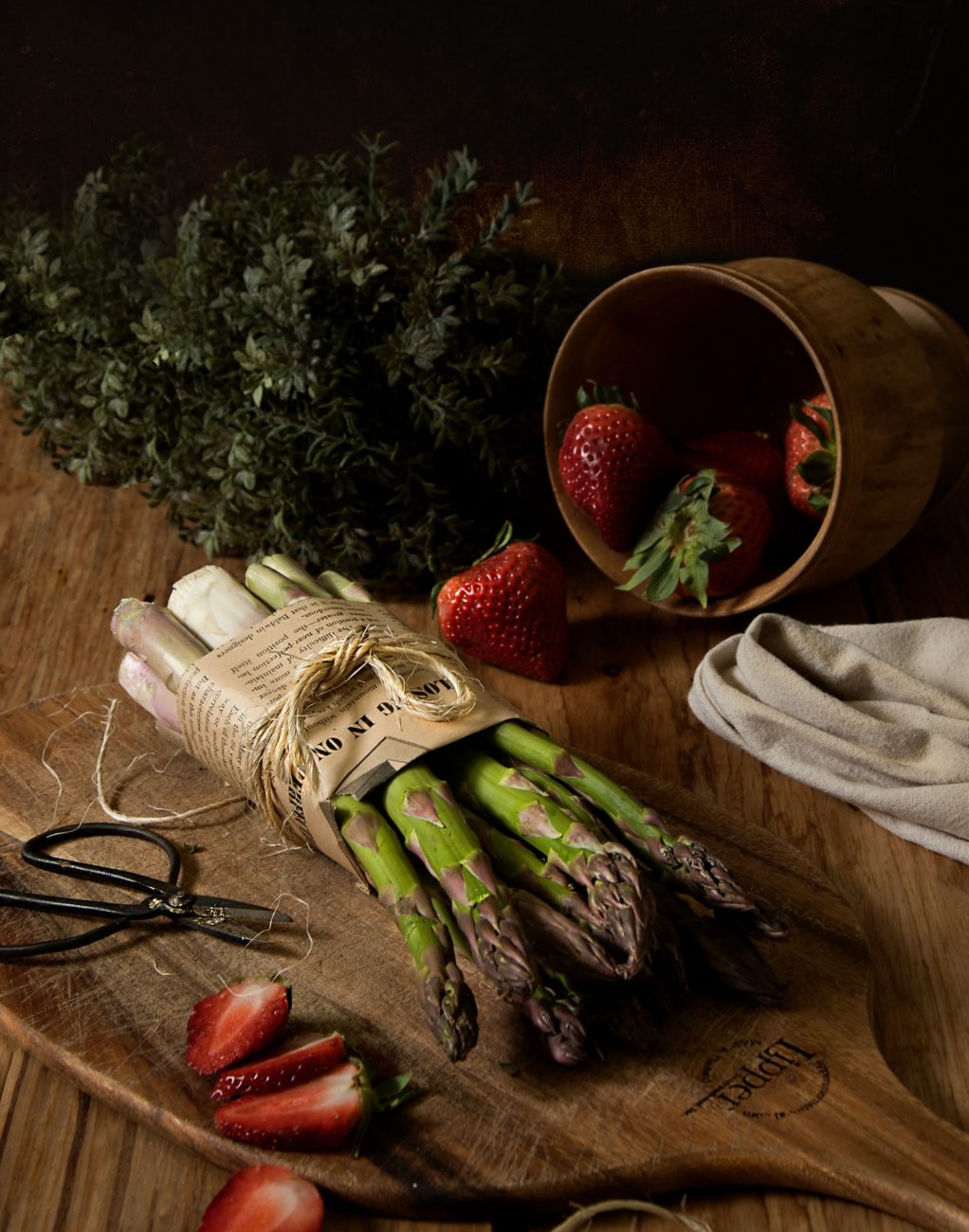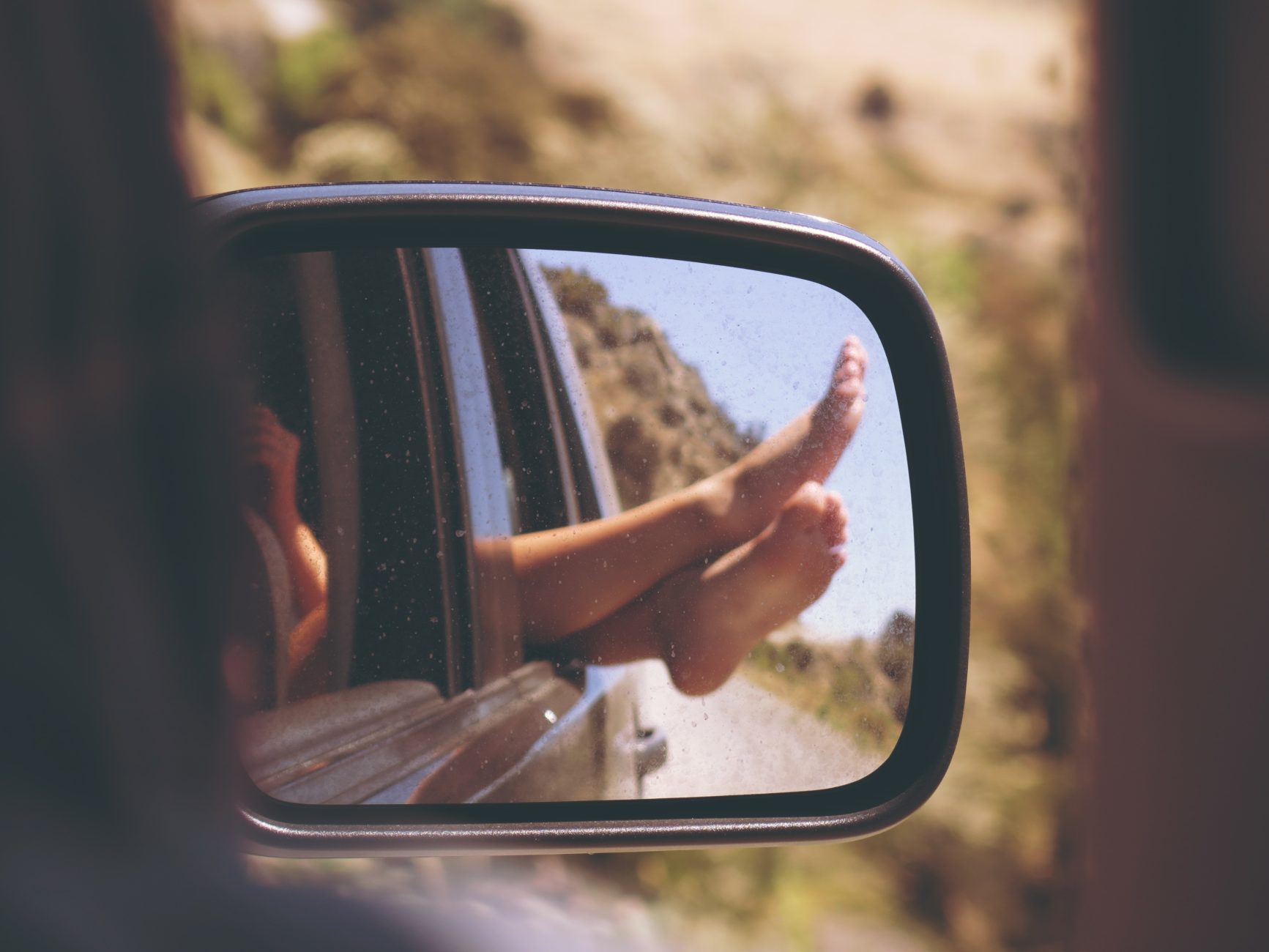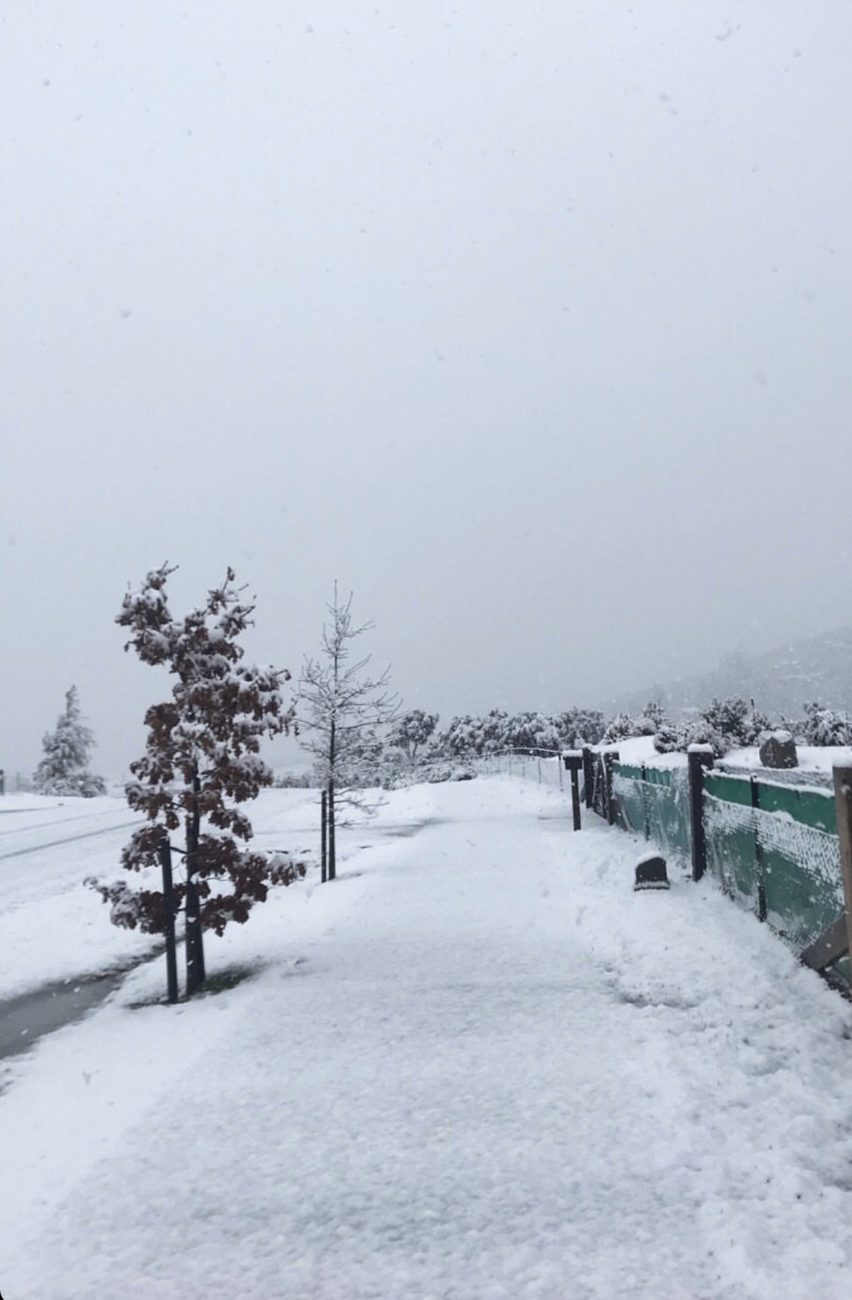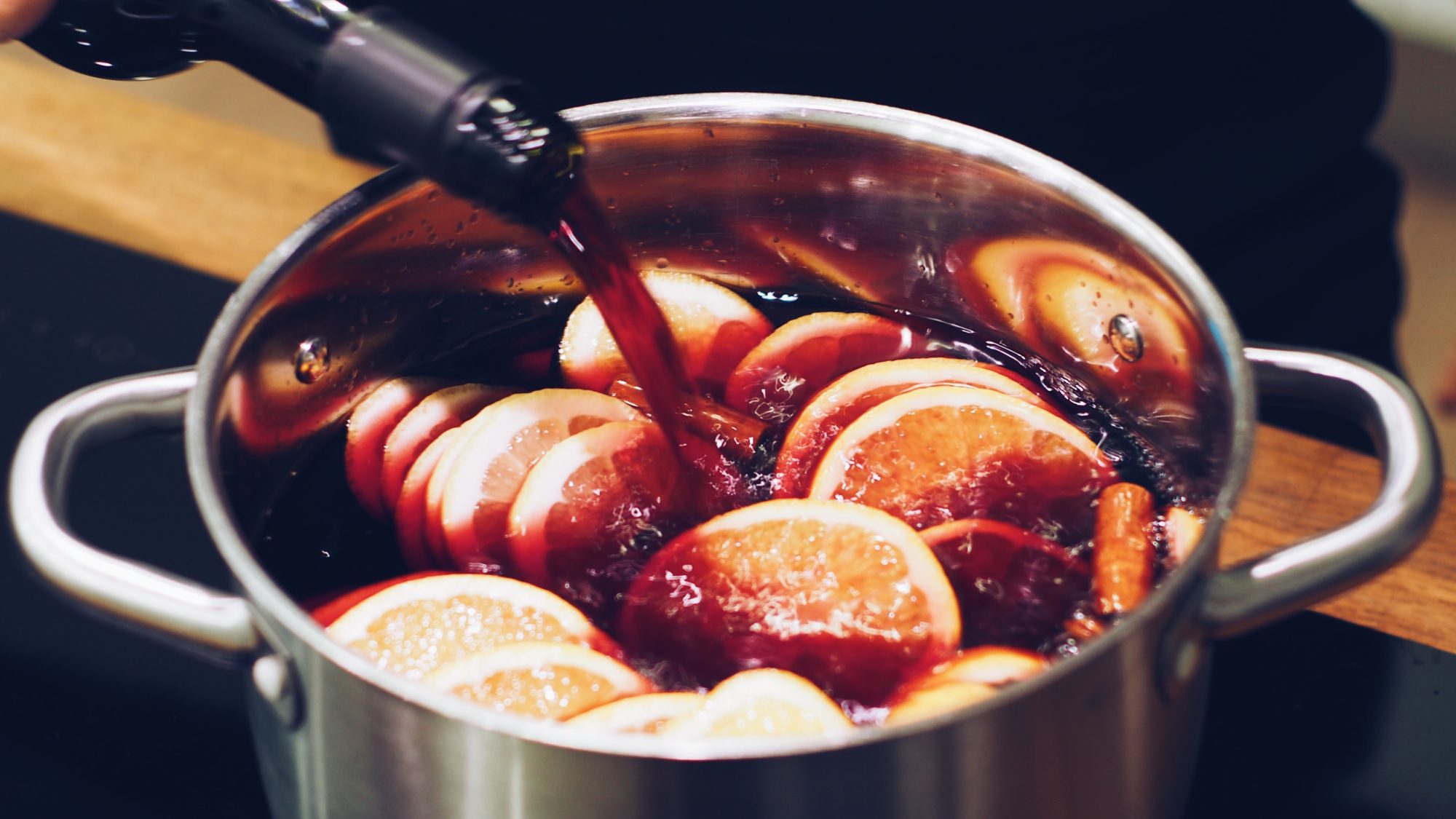& the singing of the eggs
The small village of Verduno, in the northern Italian region of Piedmont, is situated on a cliff that dominates the large valley of the Tanaro River. In this region, the culture has been developed from the cultivation of the grapes. It is the changing of the seasons that marks the rhythm of life of its inhabitants.

Here at Easter, there is an ancient custom known as cantare le uova – ‘singing for the eggs’. Easter coincides with the beginning of spring, when work in the fields recommences slowly. The desire to remain outdoors after the winter torpor, arises once more. During the days preceding Easter, the local youth gather into groups and go from farm to farm in the hope of receiving fresh eggs in exchange for their songs. Spontaneous group bands together armed with unusual musical instruments (saucepans and lids), and with large baskets, plant themselves at the front door. Here, amongst the chickens scratching about in the courtyard and the dogs barking, they began to sing: ‘We have left our homes in the light of the fading day to come and greet you and wish you a good day’.

Il rito di questua delle uova, più spiccatamente pasquale è quello piemontese di CANTÈ J’OV – CANTÈ J’EUV.
Begging for eggs is just a pretext as the expected reward is the invitation to come in and brighten up the evening; maybe sharing a bottle of wine and something to eat. Tradition dictates that the bands are composed of the following set characters; the Viandante (traveller) with his flowing overcoat and his wide-brimmed hat, the Contadino (peasant) in raggedy work clothes, the Signore (nobleman) who patronise the shabby and lame Frate (monk). It is the latter who has the task of blessing the generous donors and looks after the egg basket, which aren’t so much donations as a repayment is due for the provided entertainment. The rhyming stanzas of the songs, which celebrate the most significant events of the family they are visiting, are not always well received. Thus, the egg seekers are not always invited in and this outcome can’t go unpunished. When this occurs the Frate performs a lively curse along the lines of: che si secchi il culo delle tue galline – ‘may your hens’ arse dry up’. According to tradition, these eggs on the day of Pasquetta (Easter Monday), are used to prepare large frittata that will be eaten up during the celebrations in the piazza – the village square. The now milder night carries sense of renewal in the air, and in the same way, the eggs, which symbolise rebirth and fertility, will bring baby chicks in the aia – farm courtyard – and something more to eat.
Try this Piemontese Easter recipe!
Salame di Papa
A typical piedmont easter treat:
Among the many sweets typical of the pasticcera of Piedmont that are prepared for Easter, we find the luscious Salame di Papa – ‘The Pope’s Salami’. It is a sweet chocolate salami that was once prepared by housewives, especially in the winter season. The dessert was served to guests in the afternoon and evening with a small glass of Moscatello or dry Marsala. Its name probably derives from the fact that when a dish is good it is called boccone del prete – ‘the priest’s bite of food’, and when you eat well it is said to ‘eat by God‘ or ‘by the Pope’.

The recipe
Ingredients:
– 200g butter
– 200g dry biscuits like Arnotts ‘Nice’ biscuits
– 300 g sweetened cocoa powder
– 300g hazelnuts
– 2 tbsp orange or mandarin liqueur
– 1 egg yolk
Method:
– Firstly, toast your hazelnuts in the oven, then grind them in a blender until chunky
– Add your biscuits to a bowl and with a rolling pin, crush them until they are crumbled
– Soften the butter and in a large bowl, incorporate all the ingredients one at a time; crushed biscuits, toasted hazelnuts, egg yolk, sweetened cocoa powder, and orange or mandarin liqueur
– Knead all the ingredients and note that if the dough is too hard, add a little more liqueur. If the dough is too soft and sticky, add more crushed biscuits
– Continue to knead the dough, trying to form it into a shape similar to that of a salami
– Once you’re happy with the shape, let your wonderful chocolate salami rest in the fridge overnight
– Finally, remove the salami from the fridge half an hour before serving, slice it thin and accompany it with a glass of Asti or Moscato Passito

